WHILE Monis saw many health professionals, including ten different GPs and mental health clinicians between May 2009 and September 2011, complaining of dizziness, weakness in his leg, shaking and pain all over his body, he had no diagnosable physical ailment.
One doctor made a provisional diagnosis of delusional disorder, but this was never followed up. Another diagnosed him with schizophrenia, but noted he was high-functioning. There appears to be no reliable evidence that he suffered from schizophrenia.
Psychiatrist Jonathan Phillips told the Lindt cafe siege inquest that Monis was not mentally ill. He explained that a complex personality disorder caused him to behave in a deceitful, anti-social and manipulative way.

As a result, Monis had adopted violent extremism as a means of self-aggrandisement. Dr Phillips concluded that he had ‘a severe longstanding complex personality disorder with anti-social and narcissistic features and some paranoid features. He did not have impaired judgment and was capable of choice and deliberation in his actions.’
Dr Phillips found that Monis had for many years led ‘a secretive, self-serving life’, that he was ‘driven at all times by his own idiosyncratic desires’ and that he lacked ‘any sense of understanding of the sensitivities of others’.
These views were consistent with those of other health clinicians, who concluded he was a manipulative, narcissistic criminal. ‘When he initiated the siege, Monis was a narcissist, a man with exaggerated ideas of his own importance and a strong sense of entitlement,’ the Coroner found. ‘He was anti-social, manipulative and deceitful, with little or no capacity for empathy, and had experienced episodic delusions of persecution’.
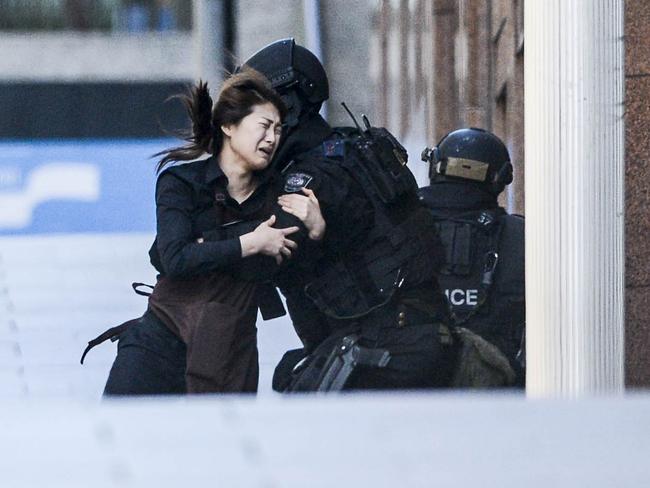
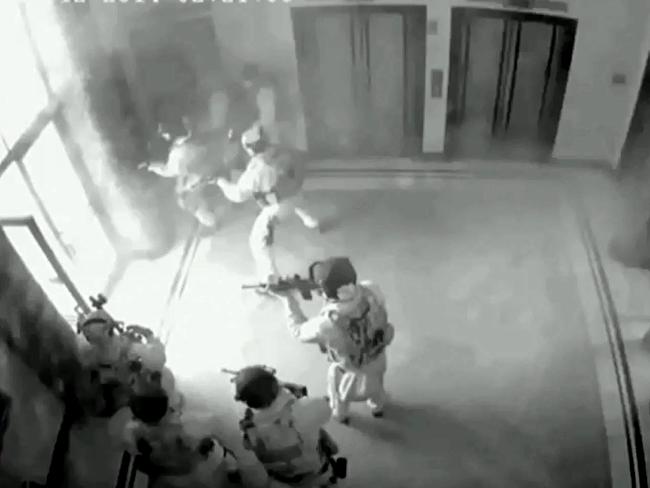
The most likely explanation for Monis’s behaviour is that he had an Narcissistic Personality Disorder (NPD). Specifically, he fitted into the subtype ‘malignant narcissism’, which as we have seen is a behaviour syndrome combining some of the features of an NPD and an ASPD (Antisocial Personality Disorder).
Someone with an NPD usually displays a pervasive pattern of grandiosity, a constant need for attention and admiration, and a lack of empathy. Monis ticked all those boxes and more.
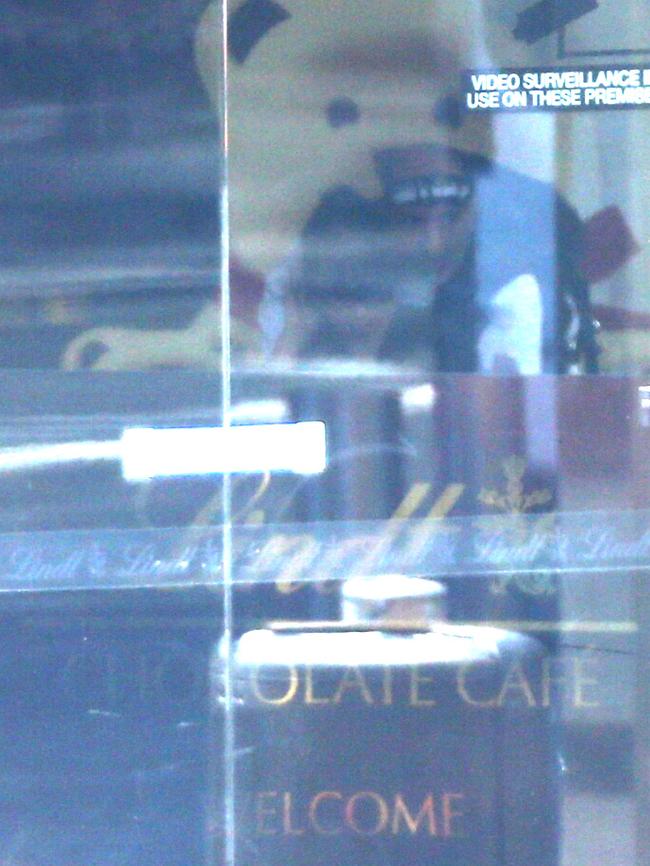
A person with malignant narcissism also displays anti-social features, dishonesty, paranoid traits and aggression. They usually lack a conscience, have little empathy for other people, crave power and attention, and have a grossly inflated sense of their own importance.
As time went on, all these traits worsened in Monis to the point where he was prepared to incite and commit murder and place the lives of others at great risk. Individuals like Monis are among society’s most dangerous people and should be avoided at all costs.
As a practised narcissist, Monis talked his way into Australia when he first arrived.
Those with NPD can turn on the charm when it suits, making it difficult to resist their arguments. Monis told immigration authorities what he thought they wanted to hear, often embellishing the truth or making up the facts as he went along.
Many of his stories were contradictory, but that would not have stopped him saying or doing what it took to promote his own interests.
Once here, Monis worked the system to his advantage wherever possible. He used the court system, received Centrelink benefits, promoted himself in the media and used the internet to mislead people about his abilities and ‘dog whistle’ those he considered to be his followers. Nothing was off limits in his quest to paint himself as some sort of messiah (State Coroner of NSW, inquest report, 2017).
***
IN THE lead-up to the Lindt cafe siege, some of Monis’s worst offences started to catch up with this serial manipulator, and he faced charges over the alleged sexual assaults and being an accessory to murder of his first Australian wife.
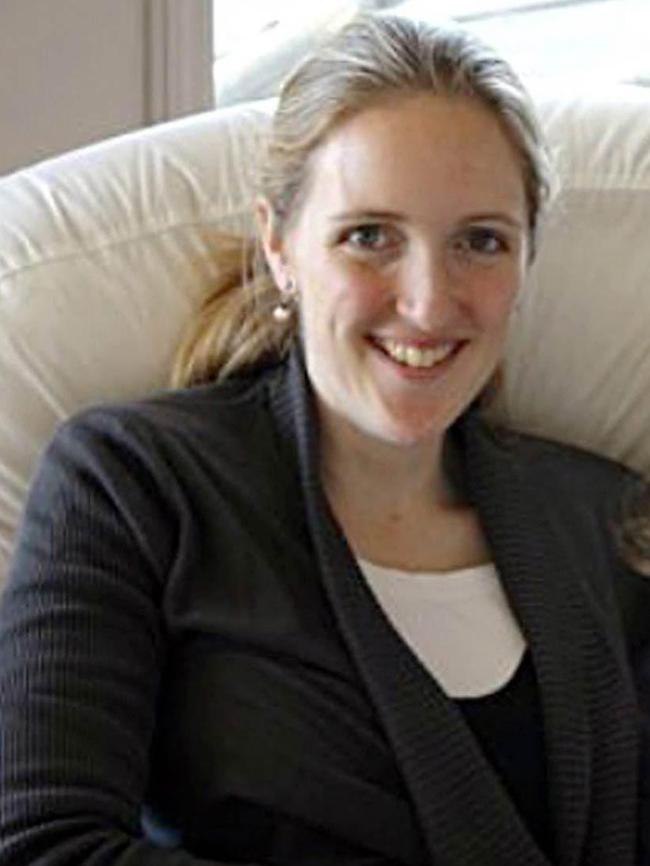
As it became clear that he could not use his so-called charm to get away with these crimes, Monis grew more desperate. He had spent time in jail and hated it. The thought of returning for a long stint horrified him, so he hatched a plan to take hostages in the name of official terrorist groups.
It was a no-win idea that would almost certainly end in the deaths of himself and others. None of this mattered to Man Haron Monis. In his mind, he would die a martyr for his supposed cause and be revered by those left behind as a brave warrior. If he had to go, he’d go in a style befitting what he saw as his status.
The Lindt siege, therefore, was indeed an ‘act of terror’ but not directly linked to a terror organisation. It was the work of a vicious and narcissistic man who could not stand the thought of being held to account for his disgraceful and murderous conduct.
Those with malignant narcissism will do anything to preserve their so-called status, and this was Monis’s way of saving face.
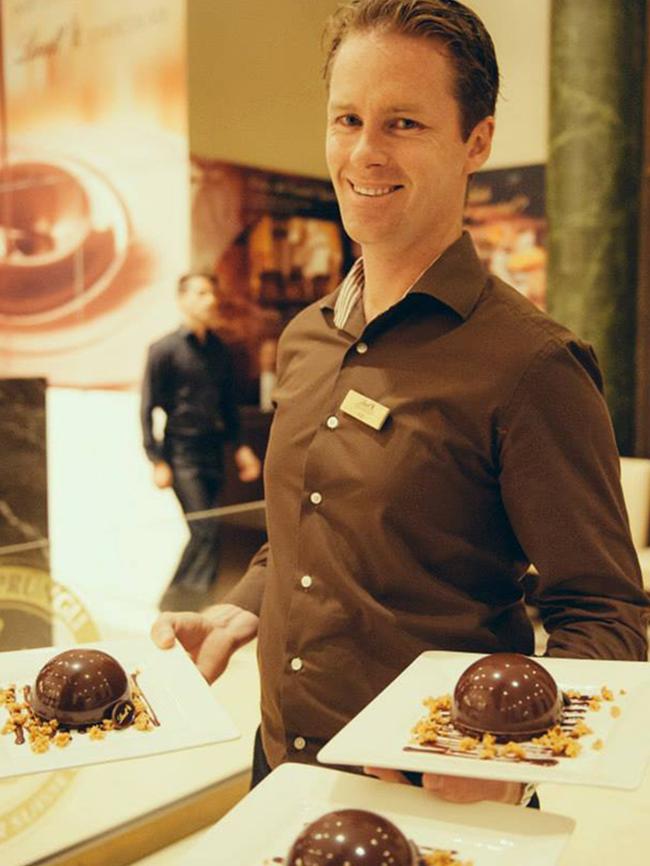
His actions were also those of a man who could never admit he was wrong. Instead of defending the criminal charges against him, Monis chose to terrorise innocent people by holding them hostage, knowing it would be global news due to the media’s fixation on terrorism, and knowing that at least some people, including him, were likely to die.
In the end, Monis made sure of it, killing cafe manager Tori Johnson before police were able to kill him.
The siege was an extension of Monis’s attention-seeking behaviour of many years, and was designed to have maximum impact without regard to who was hurt.
These were the actions of the worst kind of malignant narcissist, one who was prepared to murder in an attempt to inflate their own importance.
In the end, Man Haron Monis failed on all counts, as police and coronial investigations revealed that he was in fact no more than a cowardly fraud who manipulated and used people for his own aggrandisement.
This is an (edited) extract from Mind Behind The Crime by Dr. Helen McGrath and Cheryl Critchley, published by Pan Macmillan, RRP $34.99, available now.
WHAT IS MALIGNANT NARCISSISM?
There are a range of typical behaviours of individuals with malignant narcissism:
— They are usually motivated more than others by an intense need for recognition, admiration and power, and are prepared to do whatever it takes to achieve those outcomes.

— They seek to cultivate an external image of being powerful and successful, but internally their self-evaluation may be surprisingly fragile, fluctuating between overconfidence, superiority and showing off, concern about inferiority, vulnerability, insecurity, shame, and hypersensitivity to self-doubt and criticism from others.
— Malignant narcissists believe that they are uniquely superior, omniscient and omnipotent compared to others, and hence entitled to more wealth, power and control than others. This belief encourages them to ignore the rights of others, often in dishonest, destructive and violent ways.
— They sometimes behave sadistically towards others.
— Several researchers and authors have concluded that dictators such as Adolf Hitler, Joseph Stalin and Mao Zedong have demonstrated malignant narcissism.
— Individuals with malignant narcissism can become dangerous when they are so addicted to feeling powerful and admired that they are prepared to do almost anything to achieve their ‘high’, including lying, cheating, stealing, physically or sexually assaulting, using, hurting, conning, betraying and, sometimes, murdering others.
— They regularly distort and falsify the truth in order to embellish and support their story of the brilliant and successful person they believe themselves to be.
— If they are forced to confront the unpleasant reality that they are not as special or clever as they claim they are, and would like to be, they can become even more dangerous.

Add your comment to this story
To join the conversation, please log in. Don't have an account? Register
Join the conversation, you are commenting as Logout